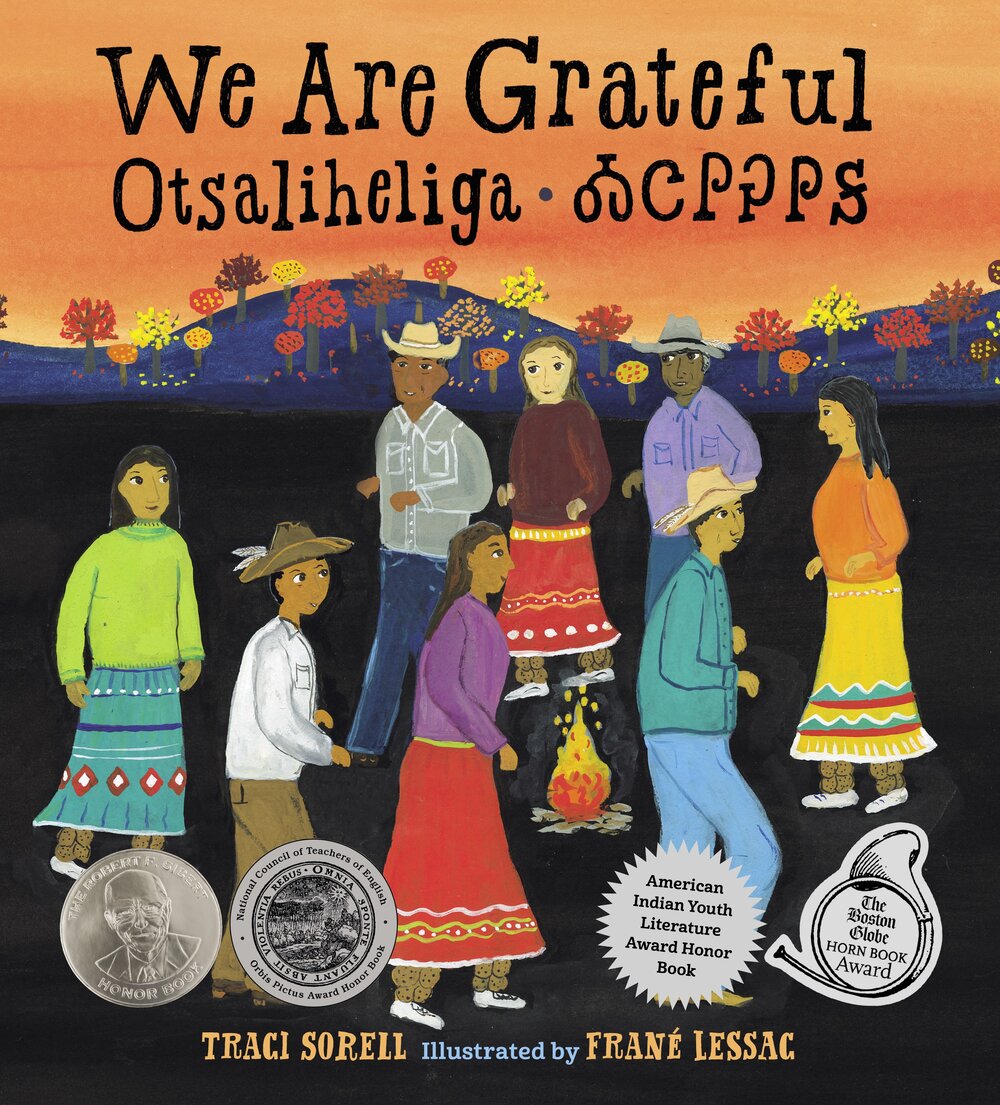As COVID-19 deaths spiked in 2020, Suzanne Firstenberg’s public art installation "In America: How could this happen…"
Lessons & Activities

Author:
Jerry Craft
Reading Level:
Middle School
Genre:
Biography
The semi-autobiographical graphic novel tells the story of a 12-year-old black boy, Jordan Banks, who experiences culture shock when he enrolls at a private school. Taking place over Jordan's freshman year at a prestigious private school, he has to adjust to a new school, experiences and witnesses m

Author:
Jacqueline Woodson
Reading Level:
Middle School
Genre:
Awards:
For as long as ZJ can remember, his dad has been everyone's hero. As a charming, talented pro football star, he's as beloved to the neighborhood kids he plays with as he is to his millions of adoring sports fans. But lately life at ZJ's house is anything but charming. His dad is having trouble remem

Author:
Joanna Ho
Reading Level:
Early Elementary School
Genre:
Fiction
A young Asian girl notices that her eyes look different from her peers'. They have big, round eyes and long lashes. She realizes that her eyes are like her mother’s, her grandmother's, and her little sister's. They have eyes that kiss in the corners and glow like warm tea, crinkle into crescent mo

Author:
Trung Le Nguyen
Reading Level:
High School,Middle School
Genre:
Tiến loves his family and his friends...but Tiến has a secret he's been keeping from them, and it might change everything. An amazing YA graphic novel that deals with the complexity of family and how stories can bring us together. Real life isn't a fairytale. But Tiến still enjoys reading his

Author:
Robin Ha
Reading Level:
High School,Middle School
Genre:
Biography
A powerful and moving teen graphic novel memoir about immigration, belonging, and how arts can save a life—perfect for fans of American Born Chinese and Hey, Kiddo. For as long as she can remember, it’s been Robin and her mom against the world. Growing up as the only child of a single mother in

Author:
Ibi Zoboi
Reading Level:
High School
Genre:
Fiction
Black is...sisters navigating their relationship at summer camp in Portland, Oregon, as written by Renée Watson. Black is…three friends walking back from the community pool talking about nothing and everything, in a story by Jason Reynolds. Black is…Nic Stone’s high-class beauty dating a boy

Author:
Jason Reynolds
Reading Level:
Middle School
Genre:
Fiction
This story was going to begin like all the best stories. With a school bus falling from the sky. But no one saw it happen. They were all too busy—Talking about boogers. Stealing pocket change. Skateboarding. Wiping out. Braving up. Executing complicated handshakes. Planning an escape. Making jokes

Author:
Angela Joy
Reading Level:
Early Elementary School
Genre:
Fiction
A child reflects on the meaning of being Black in this moving and powerful anthem about a people, a culture, a history, and a legacy that lives on.

Author:
Nic Stone
Reading Level:
Middle School
Genre:
Fiction
How to Go on an Unplanned Road Trip with Your Grandma:
Grab a Suitcase: Prepacked from the big spring break trip that got CANCELLED.
Fasten Your Seatbelt: G'ma's never conventional, so this trip won't be either.
Use the Green Book: G'ma's most treasured possession. It holds history, memories

Author:
Traci Sorell
Reading Level:
Early Elementary School,Late Elementary School
Genre:
Fiction
Bilingual:
Yes
The Cherokee community is grateful for blessings and challenges that each season brings. This is modern Native American life as told by an enrolled citizen of the Cherokee Nation. The word otsaliheliga (oh-jah-LEE-hay-lee-gah) is used by members of the Cherokee Nation to express gratitude. Beginning









